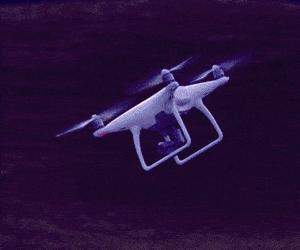These LEDs use advanced intercalation techniques to maintain brightness and minimize energy loss, opening doors to more efficient lighting, display technologies, and faster data transmission in optoelectronic devices.

A recent breakthrough in LED technology, thanks to advancements by researchers from Southeast University, the Beijing Institute of Technology, and others, may pave the way for more efficient and robust lighting and display solutions. This team has addressed a longstanding issue with LEDs based on two-dimensional (2D) materials, which typically suffer from efficiency loss at high current densities due to a process called exciton-exciton annihilation (EEA).
LEDs, which emit light when an electric current flows through them, are widely used in devices like smartphones, TVs, and lighting systems. In 2D-material-based LEDs, the interaction between excitons—electron-hole pairs that release energy as light—leads to mutual deactivation, resulting in reduced brightness and efficiency. This energy wastage has been a significant barrier to fully leveraging 2D materials in high-performance LEDs.
To combat this, the research team developed a new class of LEDs that reduce exciton interactions, thereby minimizing efficiency loss. Their work, published in *Nature Electronics*, introduces pulsed LEDs based on intercalated transition metal dichalcogenides (TMDs), such as molybdenum disulfide (MoS2) and tungsten disulfide (WS2). By employing an oxygen-plasma intercalation method, the team created quantum-well-like superlattices, stacking quasi-monolayers of materials. This configuration modifies the electronic structure of the TMDs, enhancing LED photoluminescence while reducing EEA. In tests, these LEDs showed significant improvements over previous designs, maintaining luminescence at high exciton densities with lower efficiency roll-off. Notably, the intercalated MoS2 and WS2 LEDs achieved maximum external quantum efficiencies of 0.02% and 0.78%, respectively, at high generation rates.
This new approach to LED fabrication could enable numerous applications. The technology promises enhanced lighting solutions and optoelectronic devices with reduced power consumption and improved performance at high speeds. One potential application is in optical interconnects for high-speed, on-chip data communication, where these LEDs could transmit data faster with lower power usage. The advancements in controlling exciton interactions in 2D LEDs may set a new standard for efficiency in the field, driving innovation across multiple electronics and communication technologies.














